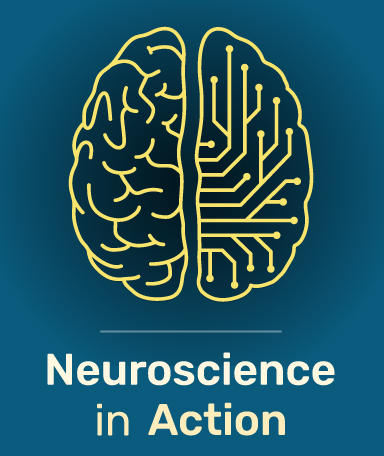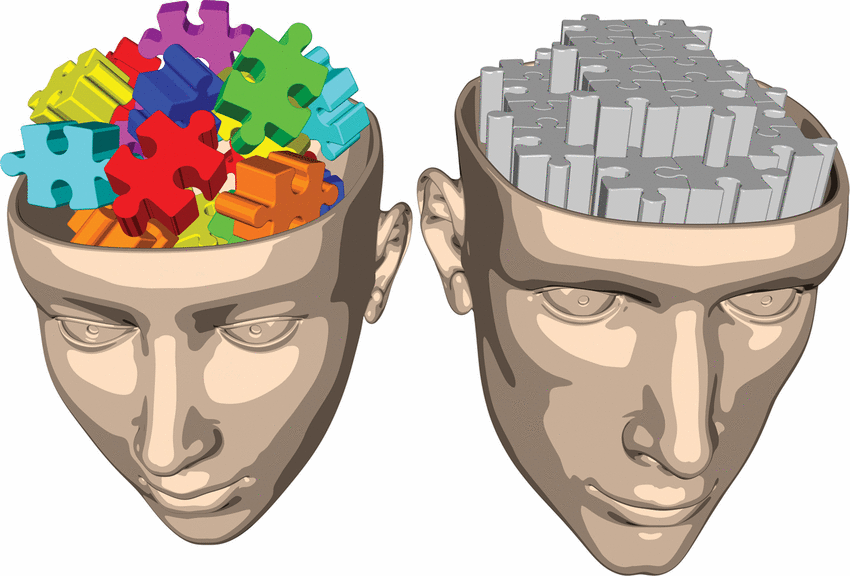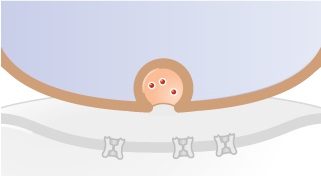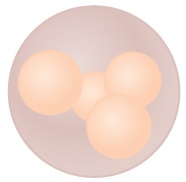Chapter 1. Neurotransmission: Bridging the Divide
Neurotransmission: Bridging the Divide
By:
The primary form of communication between neurons in the mammalian nervous system is neurotransmission (also known as synaptic transmission). During this process, chemical signals are sent from one neuron to the other across a small space known as the synaptic cleft. In this activity, you will set up a synapse and identify its basic components.
After completing this activity, you should be able to:
- Describe the structure of a synapse.
- Identify and describe the five basic steps of anterograde neurotransmission.
- Explain how neurons communicate.
This activity relates to the following principles of nervous system function:
- Principle 10: The Nervous System Works by Juxtaposing Excitation and Inhibition
The presynaptic membrane is found on the transmitter (output) side of the synapse. The presynaptic cell sends the signal across the membrane. The neurotransmitters are stored in and released from the axon terminal of the presynaptic cell.
Let’s explore the primary components of the presynaptic terminal. Match the structure to the correct description in the presynaptic terminal. You have three attempts to match the descriptions correctly.
The postsynaptic membrane is on the receptor (input) side of the synapse. This is the membrane that will receive the chemical signal. A close-up diagram of the synapse may show a dendrite (or a dendritic spine) of the postsynaptic cell.
Now let’s organize the components of the postsynaptic terminal. Match each structure to its description.
Review the diagram below showing the structures of the pre- and post-synaptic membranes.
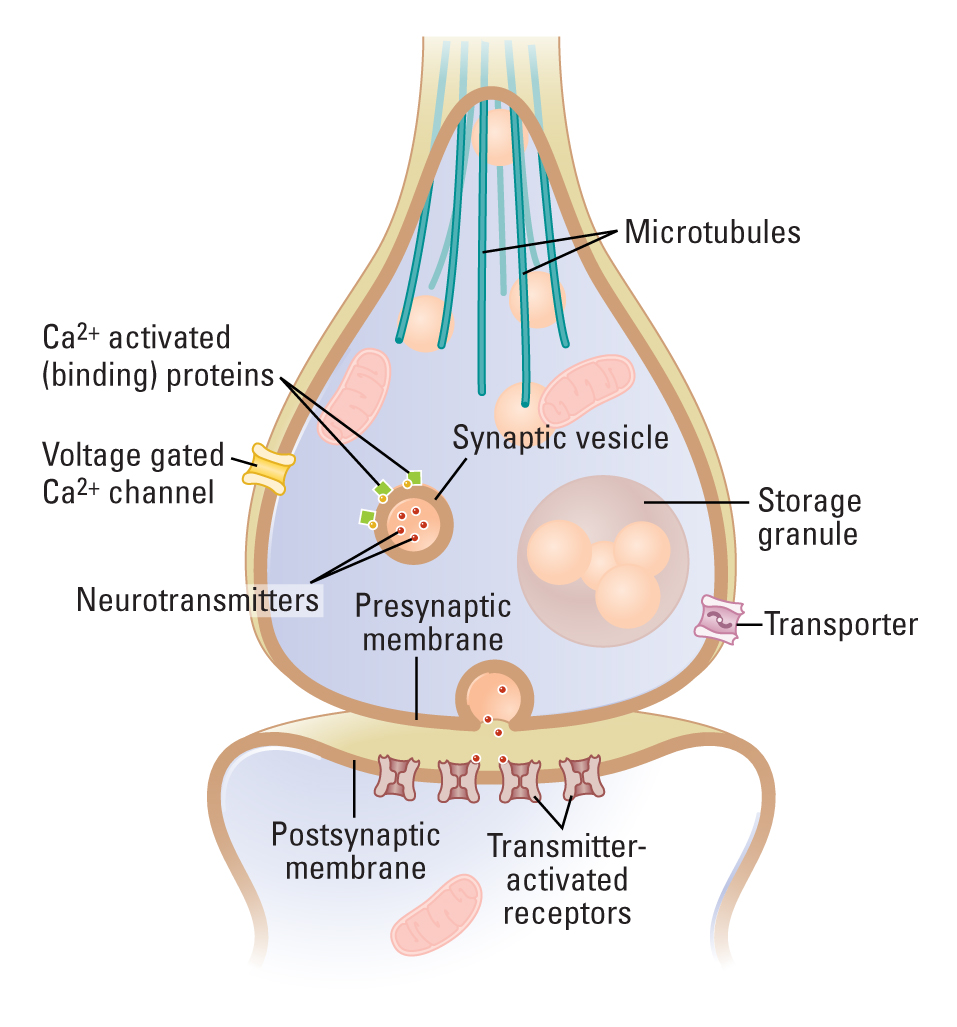
Now let's see how these two cells communicate.
The process of neurotransmission can be broken into five steps. The first two steps involve synthesis of neurotransmitters, followed by their packaging and storage.
Some neurotransmitters are made in the soma and then transported to the axon terminal. Other neurotransmitters, such as acetylcholine (ACh), are made directly in the axon terminal (watch the Neurotransmitter Synthesis animation). At the axon terminal, neurotransmitters are packaged and stored in synaptic vesicles (watch the Neurotransmitter Packaging and Storage animation).
Step 1: Neurotransmitter Synthesis
Step 2: Neurotransmitter Packaging and Storage
Before we move on to the other steps in neurotransmission, let's do a quick check of your understanding. Complete the following sentence:
Question
The third step in neurotransmission occurs in response to an action potential arriving at the axon terminal, which causes voltage-activated calcium channels at the terminal to open and calcium ions (Ca2+) to flow into the cell. These Ca2+ ions bind to proteins to form a complex that binds to and moves the vesicles to the presynaptic membrane. The neurotransmitter is released into the synaptic cleft by the process of exocytosis.
Step 3: Triggering Neurotransmitter Release
Let's do another quick check of your understanding.
Question 1.
0NTtAuew0ZrVgM3Zah/29cvrHQrk0TVMBcL0oMkqJQ8FNd30KTII/ZWQt/Qf1qqex/hwCoBReCogBegsJpVXnfOhLD7mhSNaikLgnKZJsUM=In the fourth step in neurotransmission, the transmitter crosses the synaptic cleft and binds to a transmitter-activated receptor. The properties of the receptors on the postsynaptic membrane determine the effect on the postsynaptic cell. A neurotransmitter may also influence the cell that just released it by acting on receptors called autoreceptors. Autoreceptors are important for providing information about whether adjustments should be made in response to synaptic communication.
Step 4: Neurotransmitter and Receptor Interaction
Question 2.
T/GRtCbbCYVEEFyeUFarOyU7tY37L/k2gOEDvk5P81eX+6M65WN+2oSFn/RK22sHtPt1rZKXA/1vGZTCMzVD+4OhE63AgexbJn8Zfff+QnkWBXlLThe fifth and final step in neurotransmission is inactivation of the neurotransmitter. There are four ways the neurotransmitter can be inactivated:
- it can diffuse away from the synaptic cleft,
- it can be degraded by enzymes in the synaptic cleft,
- it can be taken back into the presynaptic terminal, or
- it can be taken up by neighboring glial cells.
Click on the animation below to view the different ways that neurotransmitters are inactivated.
Step 5: Neurotransmitter Inactivation
Question 3.
8XsaNyzEetdtLbKEnHKqIke7nWykv9nlEYvafifTXfy7C0W986bLcPlDfV2a8AgWA8dhQLCK0taZUrZzq1TjeganOh3Z954aFsmD58OgWJRhZqwEUCGkSgPl44fYIlyYvRA7mMCS6/14HhZhj0RZRPBZUPYnn1vGYzvqrTMEcPRzo/ga7iILcBGhI9dgdUmGZeZXHc38AdDJz8ak7jmoS4UnP5lbuONvNOwSUpmu7M1EV3SGf+D9ClP8vL44j0ffXtwMQu7x10wEOBy7rUIUVFk87a7eSuUDWheEqVznP87iBHzybSJva28+VPh+eq2W4HhezgfH8Df/cfPUFJBZQrImNpQ=The following statements relate to the basic steps in the process of anterograde neurotransmission in action. Put them in the correct sequence. You will have 3 attempts to correctly arrange these steps.
Congratulations! You have successfully completed this activity. You have examined the structures of the presynaptic membrane and the postsynaptic membrane and seen the five basic steps of anterograde neurotransmission in action. Throughout the activity, you tested your knowledge of how neurons communicate with each other.
Your instructor may now have you take a short quiz about this activity. Good luck!
